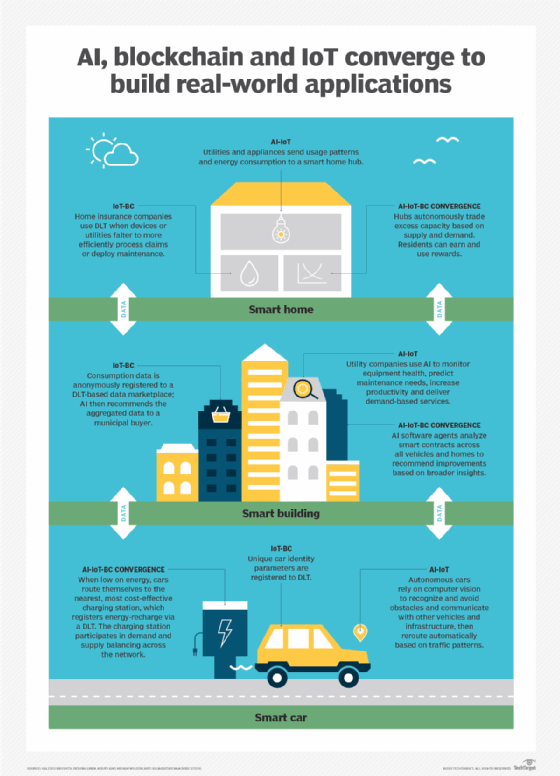ambient intelligence (AmI)
What is ambient intelligence (AmI)?
Ambient intelligence (AmI) is the element of a pervasive computing environment that enables it to interact with and respond appropriately to the humans in that environment.
That capacity is enabled by unobtrusive embedded devices in the environment and natural user interfaces (NUI), providing some services autonomously in response to perceived needs and accepting user input through voice, gesture and other non-interruptive methods.
Popular examples of ambient intelligence include Google Assistant and Amazon Alexa – devices that automatically respond to a person's voice.

Ambient intelligence powering IoT
AmI communication elements are always on and receptive to human input and other variables.
In addition to home and business settings, ambient intelligence can also be used in a completely automated environment to assess conditions, interact with other devices, perform management functions and transmit data externally.
Some elements of an AmI environment:
Embeddedness: Computers are not typically standalone devices in the environment but many manmade and organic systems have built-in intelligence and computing abilities. The current Internet of Things (IoT) development, which involves outfitting just about any type of object imaginable with computing ability and connectivity, is leading us to embedded computing.
Transparency: Transparency, in the context of transparent computing, essentially means "invisibility." People interact with embedded systems naturally -- asking a question rather than, for example, picking up a tablet and typing a search query.
Context awareness: This component is the ability of a system or system component to gather information about its environment at any given time and adapt behaviors accordingly. Contextual or context-aware computing uses software and hardware to automatically collect and analyze data to guide responses. Potential systems for data collection and response include sensors, emotion analytics and Affective computing software.
Machine learning: This capacity makes it possible for devices in the environment to learn from experience, extrapolate from current data and expand on their knowledge and capabilities autonomously.
AmI, the Internet of Things, artificial intelligence (AI), robotics, Nanotechnology and other developing trends are transforming the world to such an extent that the current scenario is sometimes called the fourth industrial revolution.







